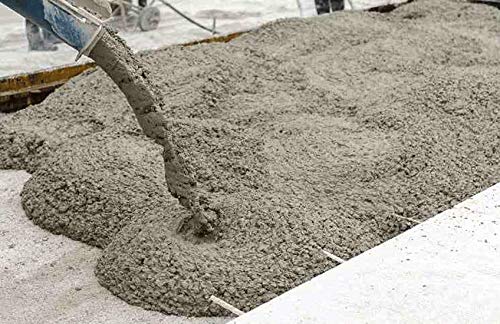Concrete is comprised of three fundamental parts cement, water, and total sand, rock, rock in differing extents. Cement goes about as an essential folio to join the total into a strong is expected to synthetically respond with the cement hydration so the mixture hardens. Note that cement is a part and, in spite of mainstream thinking, not a similar material. To concrete characterize it all the more basically when cement is mixed with different fixings, the cement and water structure glue that sticks the totals into an unshakable mass called. The extents of the water and cement are known as the water/cement proportion. The lower the w/c proportion, the more grounded the concrete and the less permeable. Changing the extents permits it to have fluctuating strength, thickness, and warm opposition with the goal that it works for the expected work.

Sorts of Concrete
Ready-mix is made in a production line or bunching, as per a set recipe, and afterward conveyed to the work site. This outcomes in an exact mixture and furthermore considers specialty mixes to be created. However, it likewise implies less adaptability and a more limited time span of usability. An option for the ready-mixed concrete is the utilization of portable mixer concrete trucks which convey each of the fixings to deliver it in discrete compartments. Once at the place of work, the fixings are estimated, through adjusted controls, into the mixing gadget which at last creates the concrete. These results in the right mixture as well as the right be tong tuoi with squander. Built up concrete is imbedded with metal, typically steel. It can convey huge loads and has extraordinary adaptability in enormous development projects including scaffolds, and curves.
Indications of Concrete Harm
Twisting or distorting around edges and at corners is indications of concrete harm. Temperature causes twisting; dampness causes distorting. Rankling can happen when surface mortar isolates from concrete. Also, low spots in concrete will make water pool assuming that no seepage exists. Surface breaks are an undeniable indication of harm to concrete. Some might show up as optional side effects of different deformities, and can be hard to accurately analyze. Fine irregular breaks or gaps might be seen when the concrete is drying subsequent to being saturated. Breaking that happens in a three-point design is by and large brought about by drying shrinkage. Huge example breaking, called map-breaking, can be brought about by a basic silica response inside the concrete. The outer layer of concrete can break down too, proved by broken pieces, a dusty development on a superficial level, and mortar chipping and scaling. Different imperfections remember staining and little or enormous voids for the upward placement of concrete.